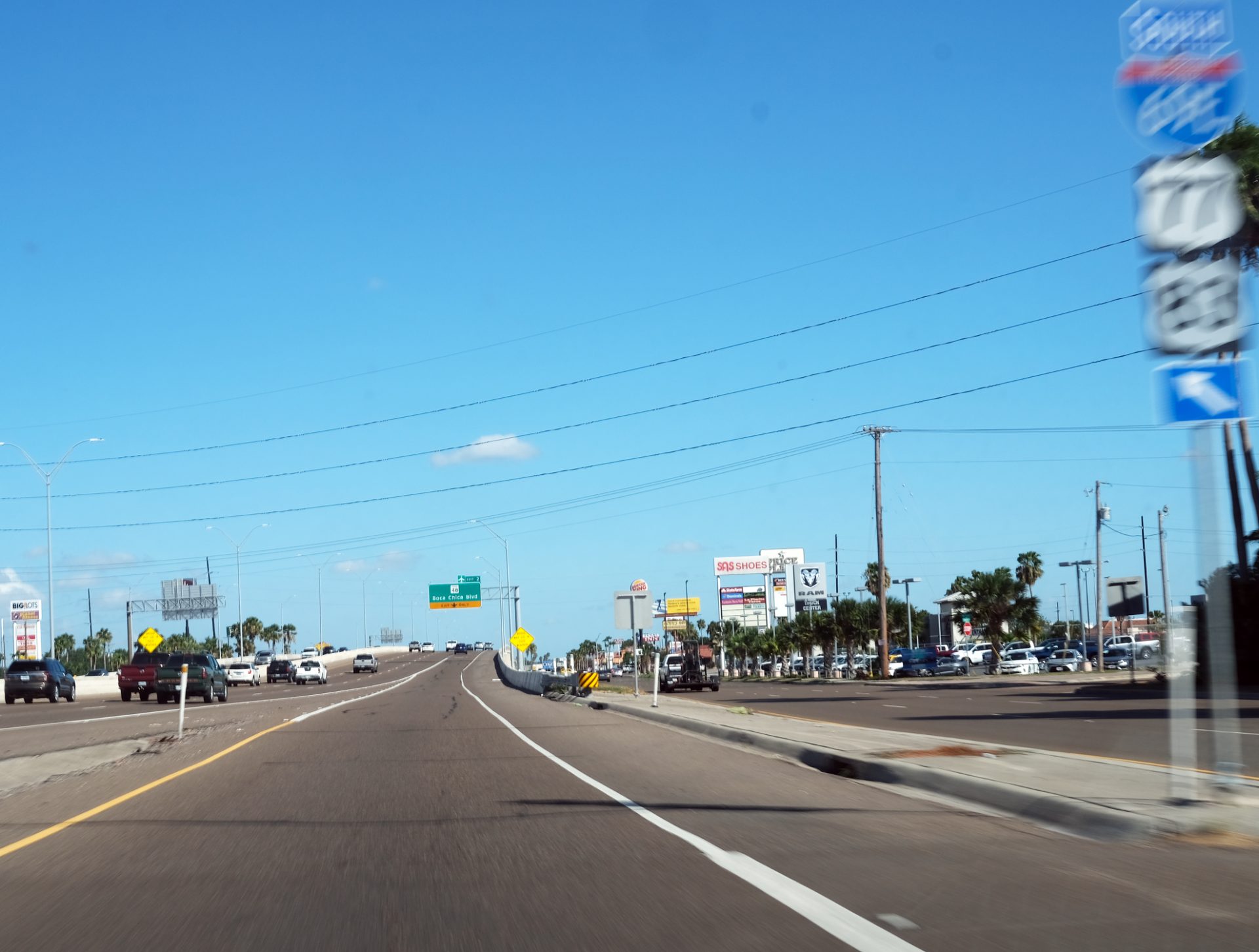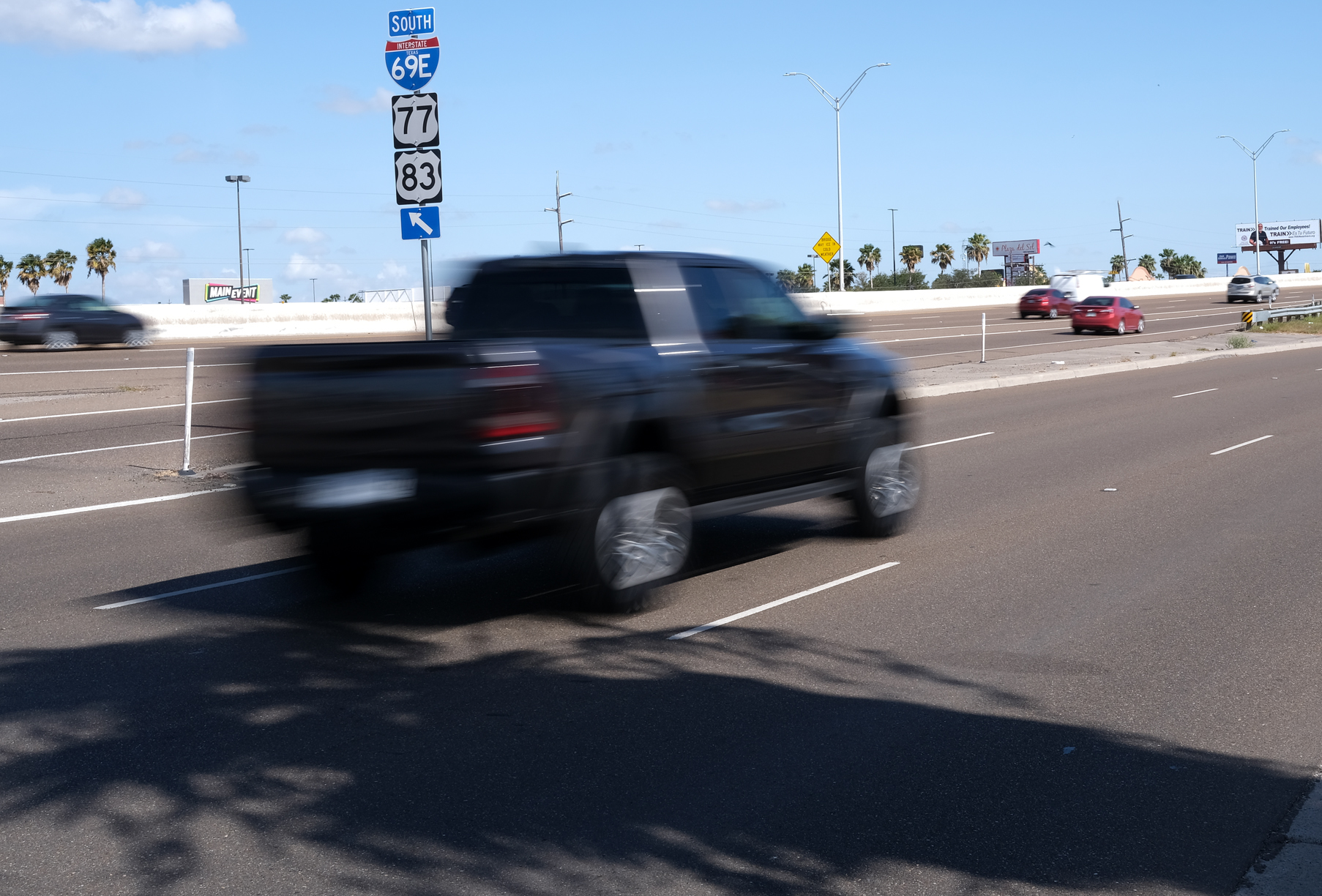The Rio Grande Valley is only about $340 million away from no longer being the largest metropolitan area in the United States not connected to the rest of the country by interstate.
The massive project to convert U.S. 77 and U.S. 281 to interstate-quality I-69 from the Valley to points north began several years ago. Driscoll, in Nueces County, has already been bypassed as part of the project, and right-of-way is being acquired to do likewise at Riviera in Kleberg County. Eventually passenger vehicles and commercial traffic traveling to or from the Valley will no longer encounter stop lights.
The only thing standing in the way of completing construction of the U.S. 77/I-69E portion all the way to I-37 near Corpus Christi is that three Kenedy County segments, involving six separate construction projects, have not been included in the Texas Department of Transportation’s 10-year Unified Transportation Plan (UTP).

So says Pete Sepulveda Jr., Cameron County administrator and director of the Cameron County Regional Mobility Authority.
“The projects have been environmentally cleared and the right-of-way acquired,” he said. “But unless they’re included in the plan TxDOT can’t do any work on them.”
Lack of state funding is the reason the Kenedy County projects, all within TxDOT’s Pharr District, were not included in the UTP, Sepulveda said.
“The state has to approve a plan that is balanced financially,” he said. “It’s financially constrained and they only have so much funding, so you get to a level where you start having to prioritize, and when that happens some get kicked out. It happens throughout the state. We’re not the only ones going through that.”
The public comment period for the draft UTP is open and the CCRMA is in the process of preparing a draft letter elected officials and members of the public can use to submit comments to TxDOT requesting that the six projects be included in the final UTP, Sepulveda said.
“We’ll be going to the county judge, county commissioners, mayors, city commissioners, etc.,” he said. “We’ll get our elected delegation in Austin to submit letters. We’re going to give it our all and hopefully they find a way to get (the projects) in there. Once they’re in there we’ll be in real good shape.”
All the projects that make up the U.S. 281/I-69W conversion are already included in the UTP, Sepulveda noted, estimating that the entire I-69 project, which was decades in the making, is about 80 percent complete.
“We need one last big push to get it over,” he said. “We’re been working on this for a long time. I think we see the light at the end of the tunnel. And it just makes perfect sense, both for U.S. 77 and for U.S. 281. We need both segments. … For Brownsville it’s huge having an interstate connected right to the port.”

Sepulveda said TxDOT understands the importance of the overall project and that it’s a question of “when” and not “if” the money comes through — though sooner rather than later would be better.
“We’re down to one county,” he said. “We’re going to fight hard. We’re going to get aggressive. I think our chances are good. We’ll just keep at it. The more they hear from us, the better.”
The best way for members of the public to submit comments on the I-69 project is to email TxDOT, Sepulveda said. The link for submitting comments is at txdot.gov/inside-txdot/get-involved/unified-transportation-program.html.
The CCRMA will be in Austin lobbying for the six projects in August when TxDOT finalizes the UTP, Sepulveda said.
“Hopefully it goes well for us,” he said. “We’ve got a lot going for us.”
While $340 million sounds like a big gap to fill, it’s “not a lot of money” when it comes to transportation projects of this magnitude, Sepulveda said. Still, TxDOT needs to hear the Valley’s voice, he said.
“They’re listening to us, so I think we’ll be able work something out,” Sepulveda said.




